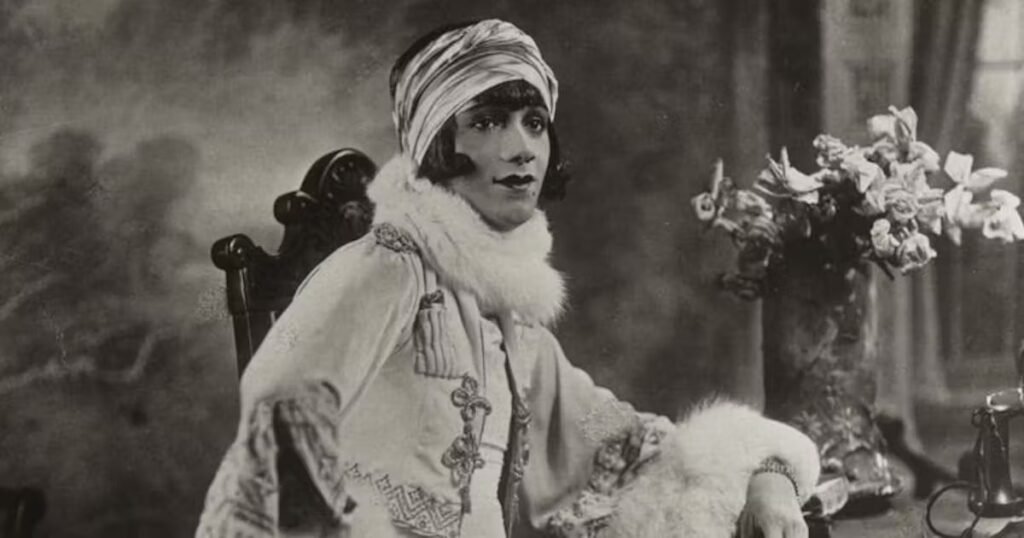Preserving Black Queer History: Art Exhibitions Countering Censorship
In an era where government-led efforts to censor and rewrite history are escalating, two compelling art exhibitions stand resilient, preserving the lives and legacies of Black queer individuals. The first, “In the Life: Black Queerness—Looking Back, Moving Forward,” is currently showcased at the Carr Center in Detroit. This exhibition presents an 80-year journey through Black queer culture and history, shedding light on narratives often marginalized in mainstream discourse. With the phrase "in the life" serving as a coded acknowledgment of queerness from the early 20th century, the exhibit aims to reclaim and celebrate this rich cultural heritage.
The second exhibition, “The Gay Harlem Renaissance,” is hosted at the New York Historical Museum from October 10 until March. This exhibit explicitly highlights the vibrant contributions of queer individuals during a crucial period of cultural proliferation. While many institutions face federal cuts and censorship, these exhibits symbolize the art community’s commitment to preserving history and advocating for representation in the face of adversity.
The curators of “In the Life,” Patrick Burton and Wayne Northcross, see themselves as custodians of memory and cultural activists. Burton states, “I’m always looking for ways to push past the inherited assumptions, boundaries, and prisons we’ve been handed.” The exhibition is produced by the non-profit organization Mighty Real/Queer Detroit, which also organizes the Detroit Queer Biennial. The opening piece, "Martini Marti" (1945) by artist LeRoy Foster, lays the groundwork for exploring Black queer history, from celebrations of gender identity to complex expressions of intimacy.
Complementing the historical narrative, contemporary art pieces in “In the Life” reflect ongoing themes of identity and community. For instance, Pamela Sneed’s watercolor “Other Countries” (2025) pays tribute to a Black queer literary collective from the 1980s, reimagining a historic photograph of its members. Additionally, works like Zanele Muholi’s “Kiss” encapsulate the beauty of love and connection, while April Bey’s “I Wouldn’t Call It Schizophrenia, but I’ll Be At Least Two People Today” challenges binary notions of identity. Northcross emphasizes the intent to explore themes of belonging and self-determination, vital in today’s socio-political climate.
At “The Gay Harlem Renaissance,” curated by Allison Robinson, the narrative of Harlem as an epicenter of Black LGBTQ+ life is unveiled. The exhibit presents a broad array of artifacts—from performance marketing materials for blues singer Gladys Bentley to sculptures by Richmond Barthé, celebrating the male form. Robinson notes that this exhibition showcases the rich tapestry of Black queer life that flourished in speakeasies, theaters, and rent parties during the Harlem Renaissance. It educates visitors on how art has consistently provided a vital platform for Black queer voices.
As these exhibitions launch amid a backdrop of increased censorship and erasure of queer narratives, their impact becomes even more significant. Recent events, such as artist Amy Sherald’s cancellation of her show at the Smithsonian’s National Portrait Gallery, highlight the ongoing struggle between artistic expression and institutional boundaries. Northcross sees “In the Life” as part of a broader conversation about visibility and resistance. He argues that art serves both as a refuge and a platform for asserting identity. “In times of attack, artists remind us that queer imagination is unstoppable,” he asserts.
In conclusion, the exhibitions “In the Life: Black Queerness—Looking Back, Moving Forward” and “The Gay Harlem Renaissance” demonstrate the power of art to immortalize and celebrate the contributions of Black queer individuals. As cultural narratives continue to face challenges, these robust displays play an instrumental role in resisting erasure and advocating for visibility. Ultimately, they chart a path toward understanding and appreciation, ensuring that the stories of Black queer lives are not just preserved but cherished, transforming how we view history and identity. Explore more about these exhibitions at the Carr Center and the New York Historical Museum.





